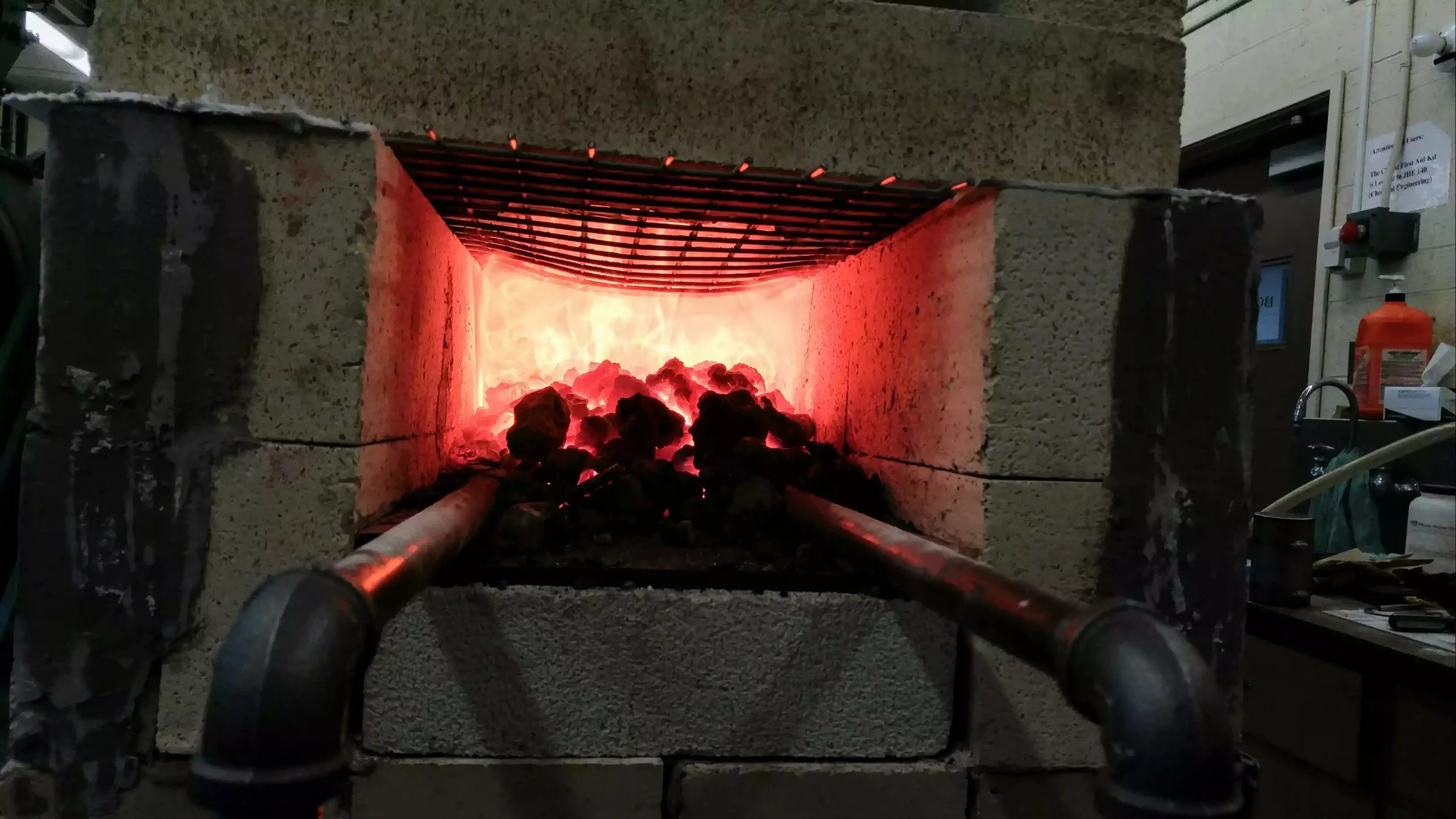Mars Biome
As part of my MASc, I had the privilege to TA a course. I chose to TA my favourite course that I took during undergraduate, a 2nd year open ended lab course (thesis/project based). The department gave me a carte blanche to redesign the course, and this is what I came up with.
I wanted to teach the students a few really important lessons that I think are not covered in our curriculum very well.
- The importance of prototypes and iterations upon prototyping
- Doing cheap and dirty calculations and simulations before you dedicate resources to making a product
- The miracle of Finite Element Methods for calculating stress tensors and heat fluxes.
- The growing emergence of 3D printing and how they will need to be familiar to it.
- The basics of elastic and plastic properties (time wise, this is a prequel to the material properties courses the students will take)
- A comparison of experimental and theoretical methods and the drawbacks of each. This is the crux of why theoreticians seldom trust experimentalists and experimentalists seldom trust theoreticians.
With this said, I totally had a bit of fun with it. This was their problem statement.
The students had to construct a light and strong dome. The dome which has the highest strength to mass ratio gets coveted bonus points! The direct translation of the bonus marks was a grade point on our 12 point scale. In plain English this would be a bump from an A to an A+.
Phase One
I listed a ton of constraints around the problem like size requirements, internal volume, maximum window sizes and the type of material.
I also gave a hard constraint for how we will be defining "strong".
I prefaced this by saying this is our definition of yielding. This is not the real definition of yielding (see the stress-strain curve above for that definition). Like true engineers, we only want to load our dome to a safety factor of 2.00. A safety factor of 2.00 means the maximum applied force can only be half of its yield point. Safety factors are very important because of defects in the material, and all sorts of crap that can't be modeled properly in simulation.
There is not one answer to this problem
What is particularly nice about this problem statement is the non-linearity of the design process for maximizing the force to mass ratio. Poking out windows certainly does decrease mass (good) but it also lowers the maximum force the structure can withstand in uniaxial compression before failure (bad).
The students constructed many prototypes, I made them submit three designs that had to improve. One every week or so. They were very curious who was winning the competition so I posted a leaderboard of sorts...
Instead of saying what the winning score was, I fitted a Gaussian to the histogram of scores and gave them the mean and the standard deviation and the number of samples. They could approximate what the winning score was if they were that curious (to my knowledge no one was curious enough to try that...).
Scoreboard 1 is the first submission and Scoreboard 2 was the second submission. After one iteration cycle, the mean force to mass ratio increased, and the standard deviation decreased. This indicates a narrower race in the competition and an overall improvement of scores.
Phase Two
Okay now the students have done a couple iterations are are learning what works and what doesn't. For example, round windows are better than square windows since sharp corners are stress concentraters . Their third submission they had to prepare for Phase 2...
3D printing!
We crushed them in a uniaxial compression machine. This idea was very much inspired by the legendary YouTube channel the Hydraulic Press Channel! The students could compare theory to experiment now.
For their final presentation they had to give their results and say why their model differed in yield strength in theory vs experiment. They also had to discuss if the failure point of their model in practice was the same as what they predicted! For most students they were dead on!
Below is a video of one of the domes exploding under compression :)
Skip to about 60 seconds in for the slow-mo.
I learned a lot from teaching this course. Definitely made some mistakes along the way, but I tried to remedy it the best that I could. I think overall the course is better off than it was before and I had a ton of fun playing around with the course content.
Many thanks to everyone who contributed to this project, notably one of my MacSmiths co-founders Eric Tenuta who contributed greatly to the ideas in this project.











